Discovering the world of coffee can be an exciting journey, especially when you dive into the art of roasting. If you’re a coffee lover looking to enhance your brewing experience, understanding the different roasting methods is essential. From light to dark roasts, each level has its unique flavor profile that can elevate your daily cup.
In this article, we’ll explore the six roasting methods that will not only broaden your coffee knowledge but also help you choose the perfect beans for your taste. Whether you’re a beginner or a seasoned enthusiast, there’s always something new to learn about this beloved beverage. So, let’s get started and unlock the secrets of coffee roasting together!
- Learn about the different types of coffee beans and their unique characteristics
- Explore the six roasting methods and how they affect flavor
- Discover the best brewing methods for each roasting style
The Importance of Choosing Coffee Beans
Types of Beans and Their Characteristics
When it comes to coffee, the type of beans you choose plays a crucial role in determining the flavor of your brew. There are primarily two types of coffee beans: Arabica and Robusta. Arabica beans are known for their smooth, complex flavors and are often considered the higher quality option. On the other hand, Robusta beans have a stronger, more bitter taste and contain more caffeine, which can give your coffee a bolder kick.
Additionally, within these categories, you can find various sub-varieties that offer unique taste profiles based on their growing conditions. Factors like altitude, climate, and soil can greatly influence the flavor, so exploring different beans can lead to some delightful surprises in your cup.
- Arabica beans are smooth and complex.
- Robusta beans are stronger and more bitter.
- Growing conditions affect the flavor profile.
How to Choose Roasting Levels
Once you’ve selected your beans, the next step is to consider the roasting level. The roast can dramatically affect the flavor and aroma of your coffee. For example, light roasts tend to highlight the beans’ natural flavors, allowing for a more nuanced tasting experience. This is great if you enjoy the unique characteristics of a specific bean.
On the other hand, medium and dark roasts bring out a bolder taste, often reducing the acidity while enhancing the richness of the coffee. If you prefer a stronger flavor, you might lean towards these darker options. It’s all about personal preference, so experimenting with different roasting levels can help you discover what you truly enjoy.
Finding the right roasting level also involves understanding how the roast impacts the brewing process. Each roasting method offers different nuances to the final cup, influencing everything from the extraction process to the aftertaste. Don’t hesitate to try various combinations of beans and roasting levels to find your perfect match.

If you’re eager to delve deeper into the world of coffee and enhance your brewing skills, you’ll find valuable insights in this article on The Ultimate Guide to Choosing Coffee Beans You’ll Love, Even as a Beginner!. It covers everything from selecting the perfect beans to the intricacies of roasting, ensuring that both beginners and seasoned enthusiasts can appreciate the rich flavors coffee has to offer.
- Light roasts highlight natural flavors.
- Medium and dark roasts offer bolder tastes.
- Experimenting with roasting levels can enhance your brewing experience.
Basics of Roasting
What is Roasting?
Roasting is an essential step in the coffee-making process that transforms green coffee beans into the aromatic, flavorful beans we use for brewing. It involves applying heat to the beans, which causes a series of chemical reactions that develop the unique flavors and aromas we associate with our favorite coffee. This process not only changes the color of the beans but also alters their taste profile, making it a crucial factor in your overall coffee experience.
There are various roasting methods, each contributing to different flavor characteristics. Understanding these methods can help you appreciate the coffee you drink even more. For example, some roasting techniques highlight the natural sweetness of the beans, while others may create a more robust, smoky flavor. Learning about these differences can enhance your brewing journey and lead you to discover new tastes that you may not have considered before.
Ultimately, roasting is an art that requires skill and attention. The roast level you choose can significantly influence your coffee’s taste, aroma, and body. It’s worth taking the time to explore these nuances as they can turn an ordinary cup of coffee into an extraordinary experience.
- Roasting transforms green beans into flavorful coffee.
- Different methods impact flavor and aroma.
- Understanding roasting enhances your coffee experience.
The Roasting Process
The roasting process itself involves several stages, each contributing to the final flavor profile of the coffee. It begins with the green beans being heated in a roaster until they reach a specific temperature. As the beans heat up, they undergo physical and chemical changes, such as expanding and developing oils on their surface.
Once the beans reach the desired roast level, they’re rapidly cooled to stop the cooking process. This cooling step is just as important as roasting because it preserves the flavors that have been developed. After cooling, the beans are typically packaged and prepared for brewing, ready to deliver the delightful flavors you’ve come to love.
Understanding the roasting process gives you insight into why certain coffees taste the way they do. With this knowledge, you can make more informed choices about the beans you select and the brewing methods you use. Whether you prefer a medium roast or a deep, rich dark roast, knowing the details of roasting can help you appreciate every sip.
- The roasting process includes heating and cooling.
- Physical and chemical changes develop flavor.
- Understanding roasting helps you make informed choices.
Details of 6 Roasting Methods
Differences Between Light, Medium, and Dark Roasts
Understanding the differences between light, medium, and dark roasts is crucial for any coffee lover. Each roast level offers a distinct flavor profile that can enhance your coffee experience in unique ways. Light roasts are known for their bright and fruity flavors, allowing the natural characteristics of the beans to shine through. These roasts often have a higher acidity, making them perfect for those who enjoy a refreshing cup of coffee.
On the other hand, medium roasts strike a balance between the brightness of light roasts and the richness of dark roasts. They tend to have a more rounded flavor, often featuring hints of caramel and chocolate. If you’re looking for a versatile option that pairs well with a variety of brewing methods, medium roasts are an excellent choice.
Dark roasts, in contrast, present a bold and robust flavor with lower acidity. They often feature deep, smoky notes that can create a comforting and satisfying cup. Understanding these differences helps you tailor your coffee selection to your personal taste preferences and the brewing methods you plan to use.
- Light roasts are bright and fruity.
- Medium roasts have a balanced, rounded flavor.
- Dark roasts are bold and smoky.
Recommended Brewing Methods for Each Roasting Style
Once you’ve chosen your preferred roasting style, the next step is to select the best brewing method to maximize the flavors of your coffee. For light roasts, brewing methods that allow for a longer extraction time, like pour-over or cold brew, work wonders. These methods help to highlight the delicate flavors and aromas that light roasts have to offer. When brewed correctly, a light roast can bring out floral notes that are simply delightful.
Medium roasts are incredibly versatile and can be brewed using various methods, including drip coffee makers and French presses. These methods allow the coffee to develop a rich, well-rounded flavor that showcases the best aspects of the roast. If you enjoy experimenting, try different grind sizes or brewing times to find your perfect cup.
For dark roasts, brewing methods like espresso or French press are ideal. These techniques emphasize the bold flavors of the coffee while maintaining a smooth mouthfeel. Dark roasts can also stand up to milk or cream, making them a great base for lattes or cappuccinos. Pairing the right brewing method with your roast choice can elevate your coffee experience significantly.
When exploring different brewing methods, don’t hesitate to experiment with variables like water temperature and brewing time. Small adjustments can lead to vastly different results, enhancing your appreciation for the nuances of each roast. Ultimately, the goal is to find the combination that brings out the best in your favorite coffee.
- Light roasts shine with pour-over or cold brew.
- Medium roasts are versatile with drip coffee and French press.
- Dark roasts excel with espresso and can pair well with milk.
Coffee Storage Methods and Their Importance
Ideal Storage Conditions
Once you’ve roasted your coffee beans to perfection, the way you store them can significantly impact their freshness and flavor. Proper storage is essential to maintain the delightful characteristics that you’ve worked so hard to achieve through roasting. Coffee beans are sensitive to light, heat, moisture, and air, all of which can lead to a decline in flavor over time.
To keep your coffee tasting its best, aim for a cool, dark place with stable temperatures. Avoid storing your beans in the fridge or freezer, as the moisture can negatively affect their quality. Instead, a pantry or cupboard away from direct sunlight is often the best choice. This way, your coffee can retain its rich flavors and aromas for longer, allowing you to enjoy each cup to the fullest.
In addition to temperature, humidity levels also play a role in coffee storage. Excess moisture can lead to mold or stale flavors, so it’s wise to keep beans in a dry environment. By taking these simple storage tips into account, you can ensure that your coffee remains fresh and flavorful every time you brew.
- Store coffee in a cool, dark place.
- Avoid the fridge or freezer to prevent moisture.
- Maintain stable humidity levels to preserve flavor.
Choosing the Right Storage Container
Selecting the right container for your coffee beans is just as important as finding the ideal storage conditions. The right container can help protect your beans from light and air, which are two of the main culprits in flavor degradation. Airtight containers made of opaque materials are often the best option since they shield your coffee from harmful elements while keeping it fresh.
Consider using glass, ceramic, or high-quality plastic containers with a tight seal. Avoid transparent containers, as they can expose your beans to light, which can lead to flavor loss. If you’re buying coffee in bulk, it’s also helpful to divide your beans into smaller portions. This way, you can open and close only what you need, further preserving the freshness of the remaining beans.
Ultimately, the goal is to create an environment that keeps your coffee as fresh as possible, so you can enjoy the delightful flavors and aromas that come from your carefully roasted beans. By paying attention to both storage conditions and containers, you can elevate your coffee experience even further.
- Use airtight containers to protect beans from air.
- Choose opaque materials to block light.
- Divide beans into smaller portions to maintain freshness.
Summary
In exploring the rich world of coffee, we’ve delved into the art of roasting and brewing, discovering how these processes greatly influence the flavors we enjoy in our favorite cup. By understanding the six roasting methods, we can appreciate the unique profiles each level brings to our daily brew. Whether you prefer a light, bright cup or a bold, dark roast, knowing the nuances of roasting can enhance your coffee experience.
The journey doesn’t end with roasting; pairing the right brewing methods with your chosen roast style is essential. Each roasting level has its ideal brewing technique, maximizing the flavor and aroma of your coffee. From pour-over for light roasts to espresso for dark roasts, experimenting with different methods can lead to delightful discoveries.
Additionally, proper storage is crucial for maintaining the freshness and quality of roasted beans. By storing your coffee in airtight, opaque containers in a cool, dark place, you can preserve the delightful flavors you’ve crafted through roasting. Taking care of your coffee beans ensures that every cup remains enjoyable and rich in taste.
As you continue your coffee journey, remember that the world of coffee is vast and full of potential for exploration. Don’t hesitate to share your thoughts and experiences with us—what roasting methods or brewing techniques have you found to be your favorites?
- Understanding the six roasting methods can enhance your appreciation for coffee.
- Pairing the right brewing method with your roast style maximizes flavor.
- Proper storage is essential for preserving the freshness and quality of your coffee.
We’d love to hear about your coffee experiences! What are your go-to roasting methods or brewing styles? Feel free to share your thoughts in the comments!


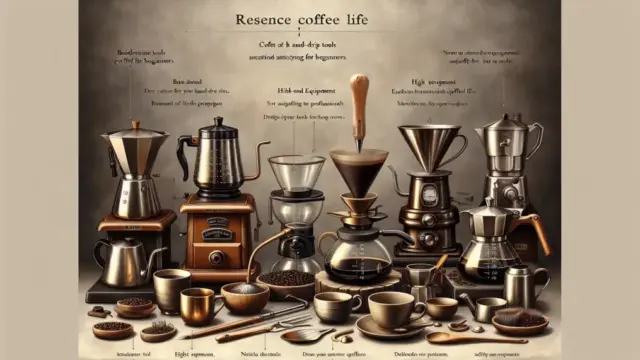
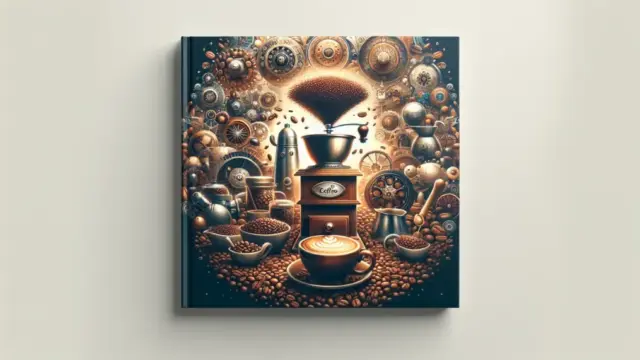


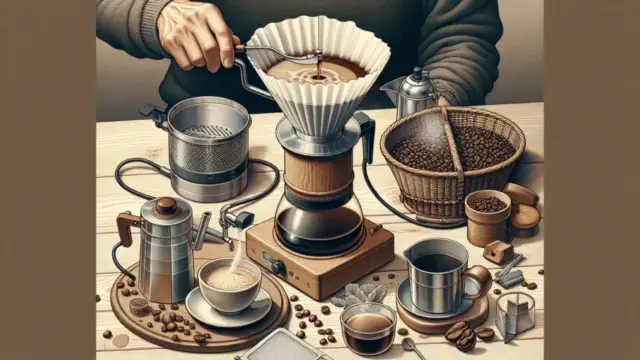














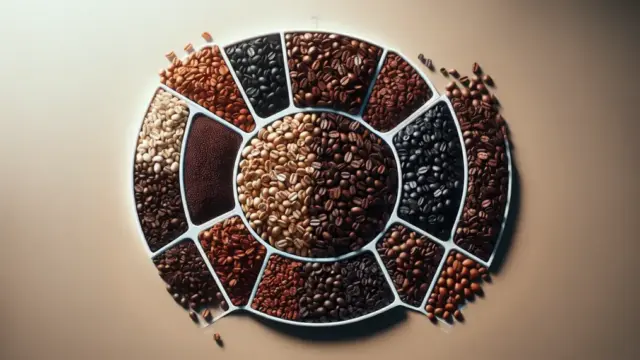
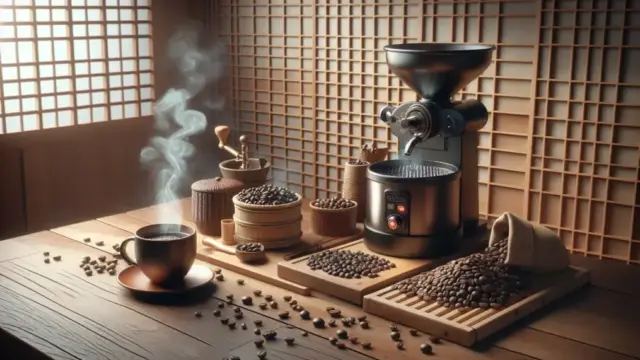


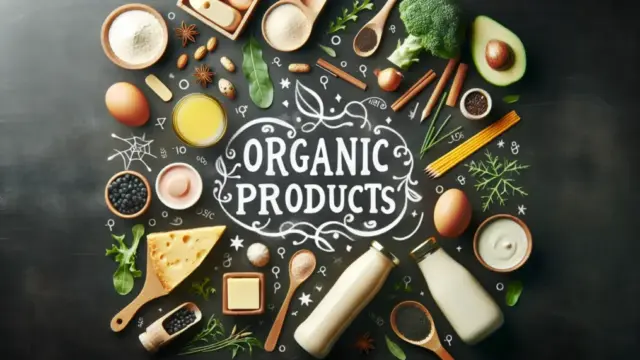


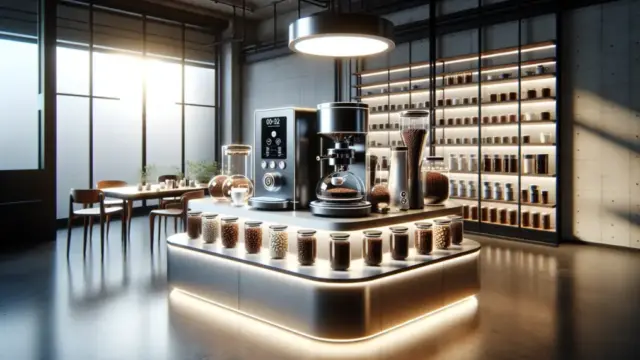





















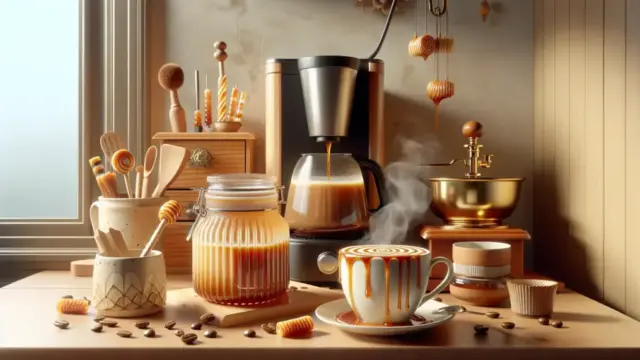







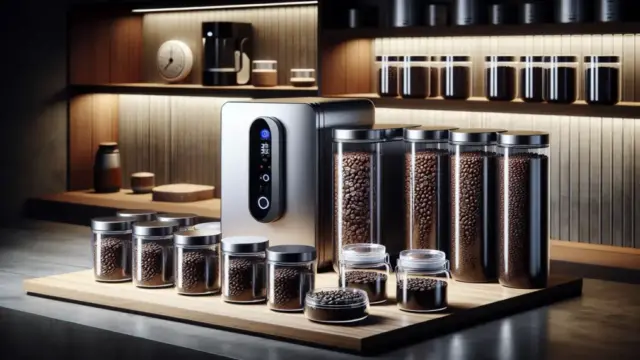





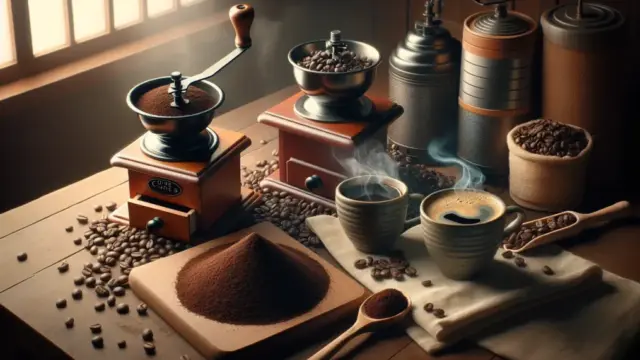






Comment